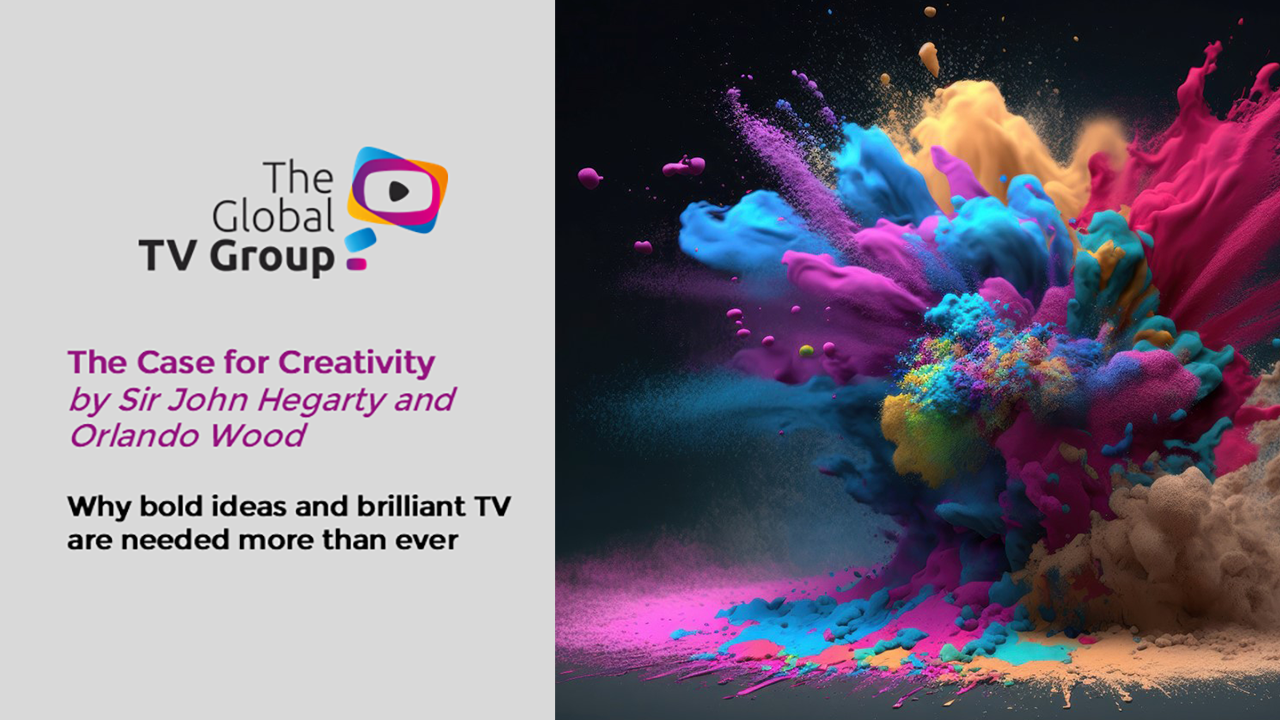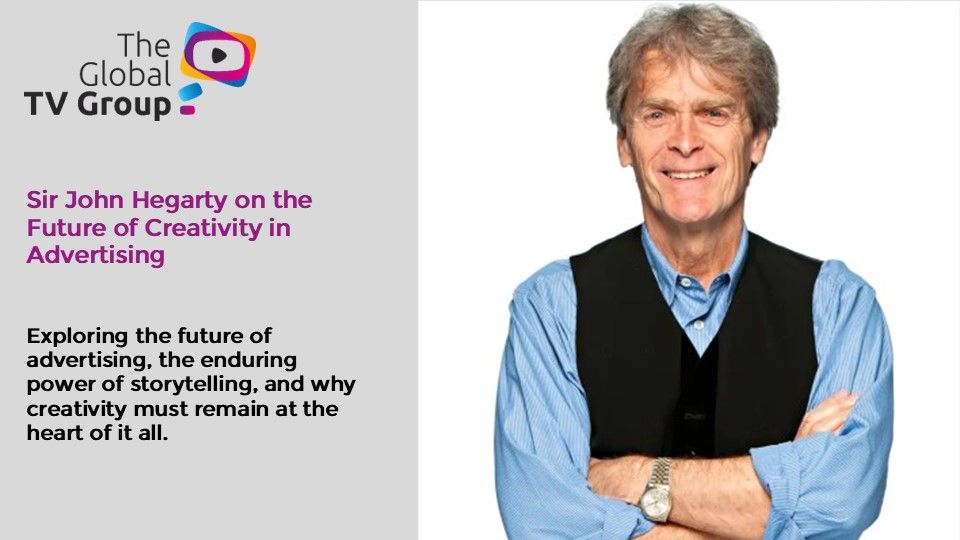You’ve often emphasized the importance of truth and emotional resonance in creative work. In an era dominated by data-driven advertising and performance metrics, how do you see the role of intuition and human insight evolving?
There’s a growing obsession with what can be measured. But the truth is, measurement doesn't lead to meaning. Creativity does. Intuition and emotional insight remain the lifeblood of great advertising. Data might tell you what's happening, but it rarely tells you why it matters. When you ignore instinct, you risk creating work that is technically efficient but emotionally empty.
People remember how you made them feel. That’s what moves markets. And that’s something a spreadsheet can’t capture.
TV has historically been one of the most powerful platforms for building iconic brands. In your view, what does great TV advertising still do better than digital, and what must it do differently today to stay creatively relevant?
TV has the unique ability to enter the public consciousness. A great spot on television can shape the national conversation in a way digital often can’t. Digital has its strengths. It’s nimble and targeted. But too often it’s consumed in silence, in a private scroll. Television, by contrast, still delivers scale and shared experience. That collective moment still matters. The challenge for TV is not just to stay relevant, but to stay bold. It must entertain and stand for something.
Having built some of the most memorable TV campaigns of the past few decades, how do you feel the craft of storytelling in TV ads has changed? Are we gaining or losing something in the shift toward shorter formats and algorithm-optimized content?
There’s nothing wrong with shorter formats. Brevity can be beautiful. But compression should never come at the expense of clarity. We’ve mistaken attention for engagement. And that shift is dangerous. A great story still needs room to breathe. When every message is trimmed to fit an algorithm, we lose the craft, and that’s often what makes people care. Brands must remember that storytelling is not a trick. It’s a connection.
Interview Questions from David de Jong:
You’re a strong advocate for creativity. How do you view the current content produced by TV companies, both linear and streaming platforms, public and private, in terms of creativity? How well are they embracing it, and where is there room for improvement?
I don’t much like the word content, the inside of my toilet pipes are technically filled with content. I think that’s part of the problem, there is more ‘content’ than ever. But much of it is creatively cautious. We’re seeing safe choices, not bold ones. Streaming platforms have unlocked ambition. But speed to market and volume targets often dilute the vision. Public broadcasters, meanwhile, are wrestling with their identity. The ones that win will be the ones that commit to original thinking, not just audience metrics. When companies back vision over validation, we get culture-shaping work. We need more of that.
How do you see the world of video commercials and creativity evolving today, especially in the wake of a quiet digital revolution? What changes are you noticing, and how do you think AI will influence this evolution? How can creatives continue to thrive in this shifting landscape?
Advertising is drifting, too little is felt. Digital has changed how we distribute ideas but not what makes them powerful. As for AI, it’s a collaborator - not a tool. I think creatives would do well to view it as such and embrace it in your work. Rather than being like a pencil or a camera, it’s like a colleague. The only difference is it cannot imagine. Our job is not to replicate what already exists. It’s to create what doesn’t.
The Netherlands has a strong tradition of humour in TV advertising. Yet, some within the creative and advertising industries suggest this has diminished due to social and political shifts. How do you perceive this trend, and what’s your take on its impact?
Humour used to be a hallmark of Dutch advertising. It made the work memorable. Lately, that edge feels blunted, but there is a global climate of caution too. And yes, humour can be risky. But it’s also human, it builds rapport and invites participation. In many ways, it’s the antidote to the overly polished, overly cautious work we’re seeing today. A culture that forgets how to laugh forgets how to connect. Let’s not let that happen.
A Note on Cannes for Sir John Hegarty: An Industry Divided?
Cannes has long stood as the global celebration of creativity in advertising. As the event had been growing in recent years, with a very big presence of American tech and platforms, do you feel a certain ideological divide slowing installing? On one side, the creative voices in the Palais champion storytelling, emotion, long term brand building and originality. On the other, the rise of data, automation, and AI is shifting how success is defined, toward performance, efficiency, and precision.
While both sides are present, they often seem to speak different languages, driven by different values. The Palais-guests vs the fringe participants. Is this tension at Cannes reflective of a deeper fracture within the industry itself? One where creativity and tech are not necessarily in conflict, but no longer aligned in purpose? And in that context, should TV businesses, rooted in both brand storytelling and audience scale, play a more active role in bridging this gap and getting better at telling a story that proves that they can be both?
There is a divide, and Cannes makes it obvious. Inside the Palais, creativity is championed as emotional, enduring, brand-building. Outside, on the beaches and yachts, it's performance, data, precision. And they rarely meet in the middle.
This isn’t inherently bad. But it becomes a problem when we stop speaking a common language. Creativity must work. It must solve real problems for real brands under real pressure. If it doesn’t, then what exactly are we awarding?
Mark Ritson’s research was a necessary provocation. If the best work isn’t the most effective, then we’ve lost the plot. Creativity isn’t for galleries. It’s for growth. That’s what DDB and CDP understood. They didn’t chase applause. They built reputation and results.
So yes, Cannes reflects a tension. And no, tech and creativity don’t have to be in conflict. But we need to stop pretending they’re aligned if one side celebrates reach and the other forgets reason.
This is where television can play a role. It understands the need to be remembered and to reach many. It knows how to marry scale with story. The industry needs to stop splitting its soul and start joining its strengths.
Otherwise, we’re just clapping for ideas that never leave the beach.


